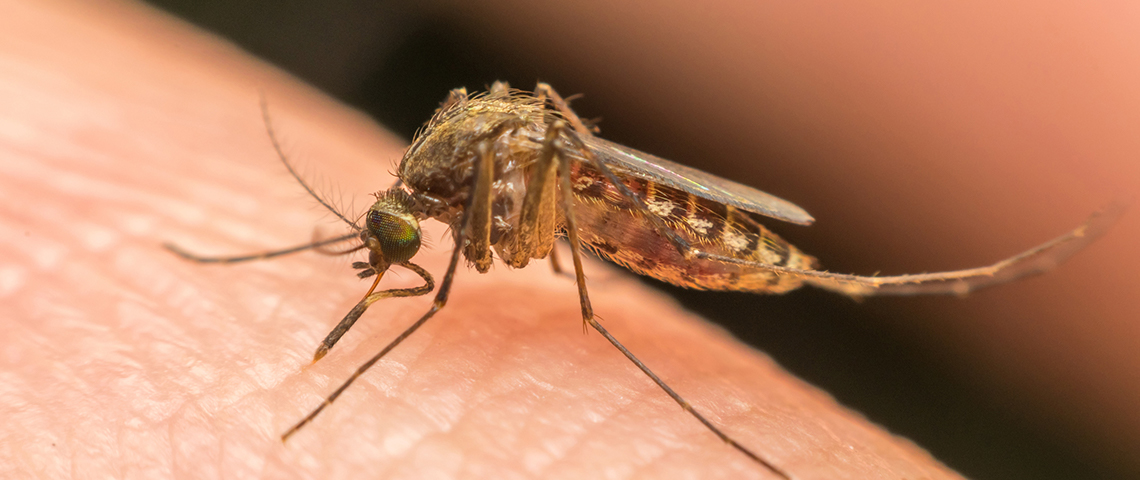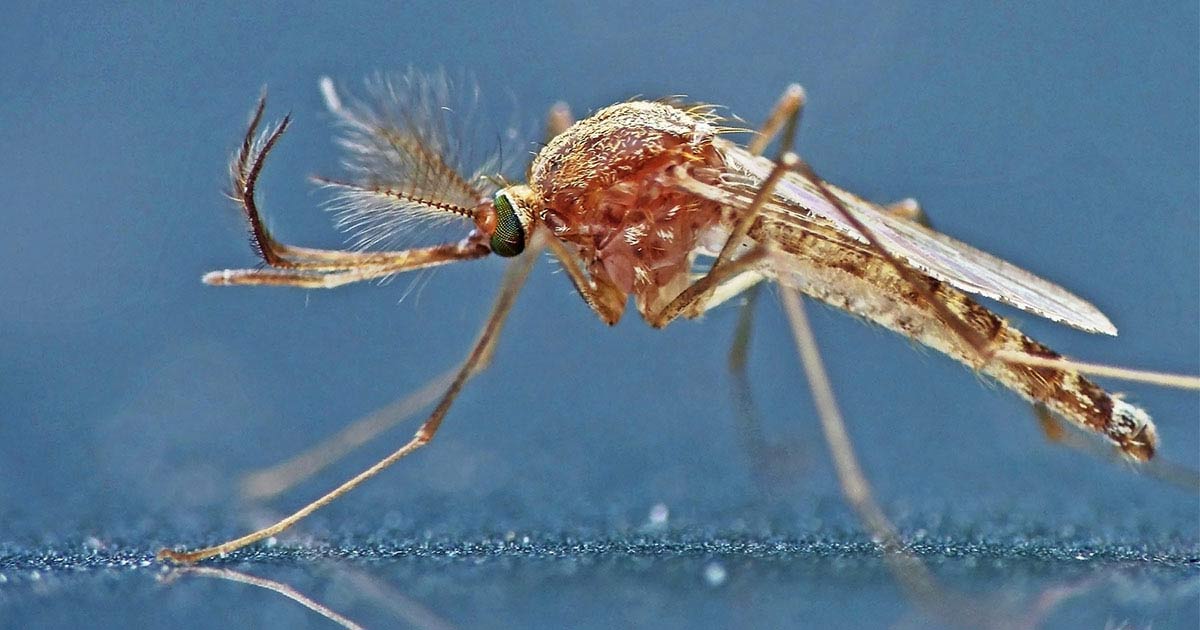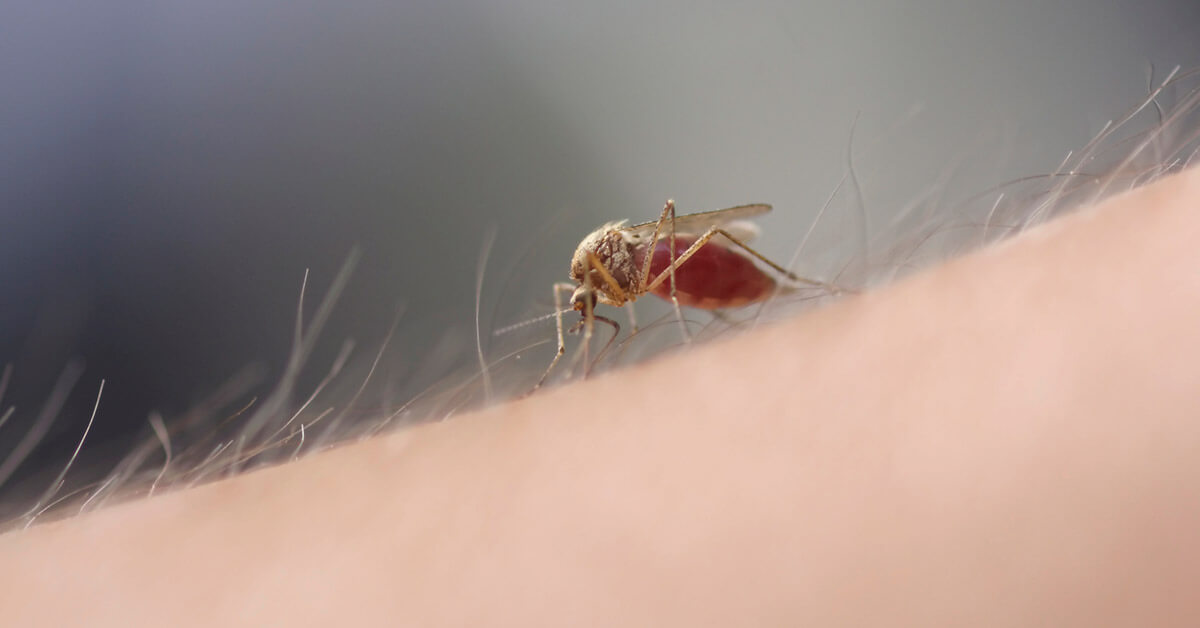Preventing Mosquito-Borne Diseases
The World Health Organization (WHO) calls mosquitoes the “greatest menace" of all disease-transmitting insects. The organization reports that these pests are responsible for several million human deaths each year.1 Mosquito-borne diseases, such as the five that follow, have spread extensively in recent years due to increased worldwide travel and expanding mosquito ranges. What were once foreign risks are now persistent perils for U.S. citizens.
Understanding these mosquito-borne diseases, their transmission and their prevention can help you protect your family from these threats:
ZIKA VIRUS
Scientists first identified the Zika virus in 1947 in monkeys in Uganda's Zika forest. Five years later, the first known human case followed. Transmitted primarily by the bite of infected Aedes mosquitoes, this viral disease was confined largely to Africa and Asia for decades. That changed in May 2015, when Brazil reported the first local transmission in the Americas. From there, the virus quickly spread. As of November 2017, the CDC reports a total of 5,575 U.S. cases, most of which involved travel outside the country. Of the 226 cases involving local transmission, 219 occurred in Florida.2
Zika symptoms including flu-like fever and rashes, which often resolve within a week or so. However, the virus can trigger serious immune and neurological complications for some individuals. Zika virus can also be transmitted between mother and child during pregnancy resulting in severe birth defects. It can also be passed through human sexual contact. No vaccine or medicine for the Zika virus exists as of November 2017.3
WEST NILE VIRUS
West Nile virus (WNV) is a potentially fatal viral disease transmitted to humans and other mammals primarily through the bite of infected Culex mosquitoes, which get the virus from infected birds. In addition to the human dangers, WNV also causes severe disease in horses that frequently leads to death.
First identified in Uganda's West Nile region in 1937, the virus was found primarily in Africa, Europe and West Asia for many years. In 1999, a returning traveler brought it to the United States. It quickly spread from Canada into South America.4 All the contiguous U.S. states have reported cases. The CDC reports that 1,757 U.S. cases of WNV disease have been reported in 2017 as of November 7, 2017.5
Approximately 80 percent of people infected with WNV don't have symptoms. Those with symptoms experience flu-like fever, headaches, body aches and nausea. About one in 150 people infected with the virus develop a more serious form that can prove fatal. Symptoms include tremors, convulsions and paralysis. No vaccine or specific medicines exist for WNV in humans. However, an effective vaccine for horses does exist.5
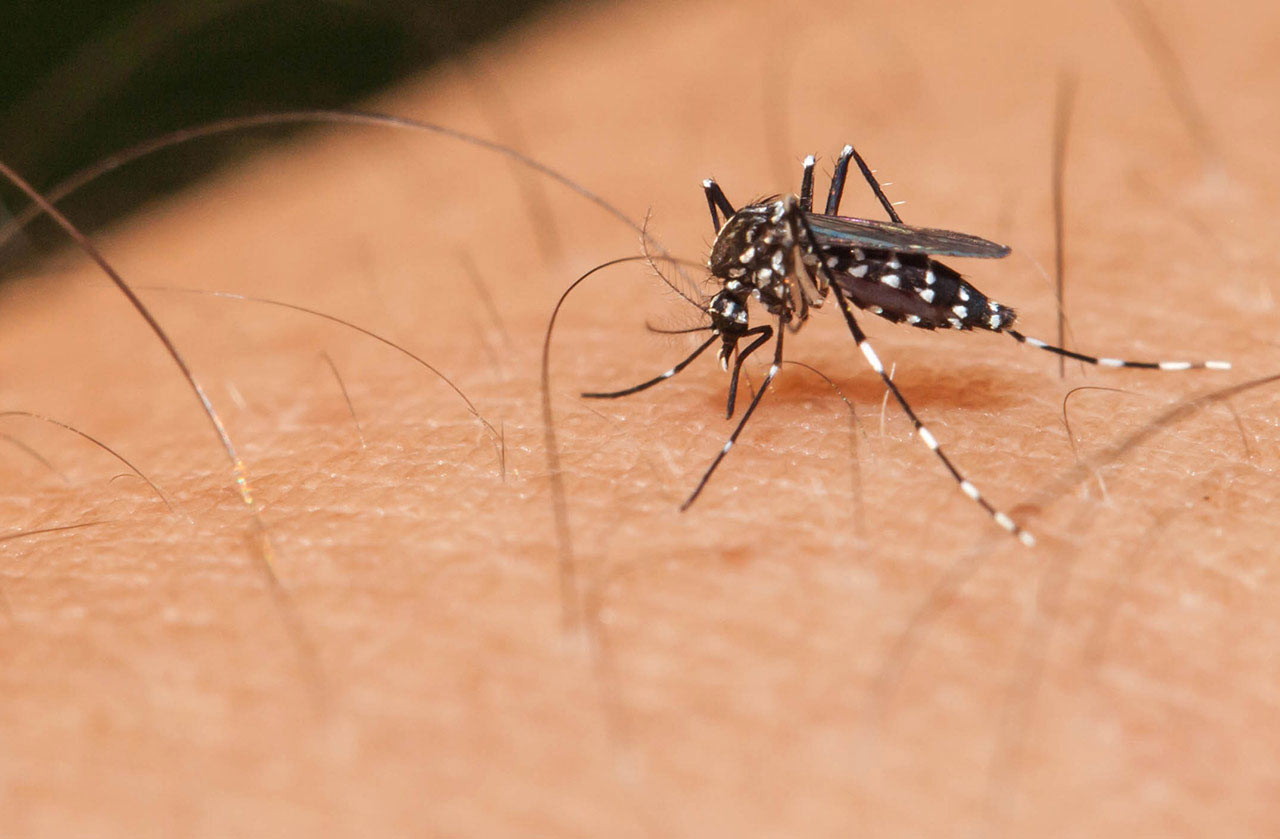
CHIKUNGUNYA
First identified in the East African nation of Tanzania in 1952, the viral disease chikungunya (pronounced chik-en-gun'-ye) is transmitted via bites from infected Aedes mosquitoes.6 Largely limited to Africa, Asia and Europe for over 60 years, the virus moved into the Americas by 2013. Since then, it has spread to 45 Western Hemisphere countries and resulted in more than 1.7 million cases in the region.7 As of November 7, 2017, 85 chikungunya cases have been reported in the United States. All of those cases originated with travel outside the country. There have been no reported transmissions involving local mosquitoes.7
Symptoms of chikungunya disease typically arise within a week of being bitten by an infected mosquito. The most common symptoms include fever and severe joint pain, often accompanied by muscle pain, headaches and nausea. Symptoms may last a few days to several weeks, and most people recover completely. The disease rarely causes death, but severe, debilitating joint pain and neurological complications may endure. Elderly people and newborns are especially vulnerable. There is no vaccine or antiviral drug treatment for chikungunya.7
DENGUE
Widespread in tropical and subtropical regions, dengue (pronounced den'- gee) is a viral infection caused by any of four distinct viruses – all transmitted through bites from infected Aedes mosquitoes. It's believed dengue originated in Africa or Southeast Asia several centuries ago, but transmissions have spread rapidly in the last 30 years.
The Centers for Disease Control and Prevention (CDC) report that roughly 40 percent of the world's population is at risk of infection. Dengue is very rare in the United States, but transmission from local infected mosquitoes is common in many popular tourism areas Americans frequent, particularly Puerto Rico, Latin America and the Pacific Islands.8 Dengue is most prevalent in urban areas.
Typical dengue infections result in flu-like symptoms, but the disease can progress to severe dengue, also known as dengue hemorrhagic fever (DHF). First identified in 1950 in Southeast Asia, severe dengue presents abdominal pain, internal hemorrhaging and organ impairment. It is a leading cause of death in Asia and Latin America.9 Though restricted vaccines exist in some areas, no effective, widespread vaccine is available.9,8 No specific medical treatment for dengue exists, but early diagnosis and professional care significantly reduce the risk of death.8
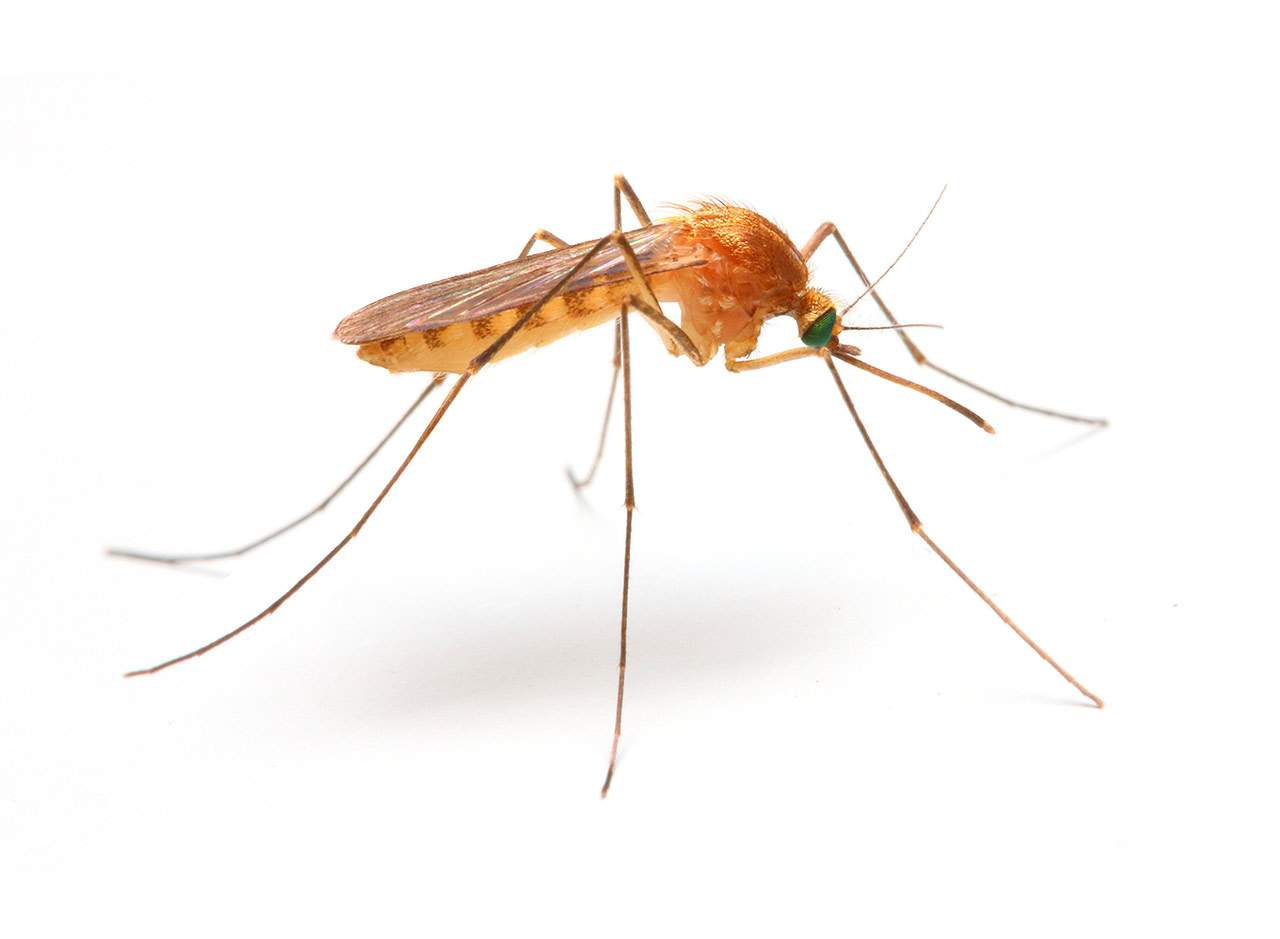
MALARIA
This life-threatening disease reaches back more than 4,000 years.10 Caused by any of five parasite species transmitted through the bites of infected Anopheles mosquitoes, malaria is curable. Even so, up to 500 million cases and 2.7 million deaths have occurred in recent years.1 Every year, doctors diagnose approximately 1,700 malaria cases in the United States. Most involve travel to sub-Saharan Africa or southern Asia.10 Up to 90 percent of all malaria cases and 92 percent of all malaria deaths occur in Africa.11
When infected with malaria, people typically experience very severe flu-like fever and chills within seven to 30 days. If diagnosed and treated promptly and properly, patients fully recover. However, time is of the essence. Some forms of malaria require treatment within 24 hours or death occurs.11 The CDC estimates there were 212 million cases of malaria worldwide and 429,000 malaria deaths in 2015.10 Malaria's variability complicates development of a widely effective vaccine. It remains a priority for world health officials.
EFFECTIVE MOSQUITO PREVENTION AND PROTECTION
Protecting you and your family against mosquito-borne diseases starts with understanding the basics of these pests and their prevention and control.
At home, follow CDC mosquito control recommendations to treat mosquitoes in both the larval and adult stages.12 This effective two-step treatment approach targets these pests with larvicides, which prevent mosquitoes from maturing to the biting stage, along with adulticides, which kill mosquitoes that do mature.
When traveling, follow CDC safety recommendations: 13
- Choose lodging with air-conditioned rooms or screened doors and windows.
- Sleep under mosquito nets if windows lack screens or you're staying outdoors.
- Wear light-colored, thick clothing and long sleeves and pants that limit exposed skin.
- Use EPA-registered insect repellents with proven, effective ingredients such as DEET.
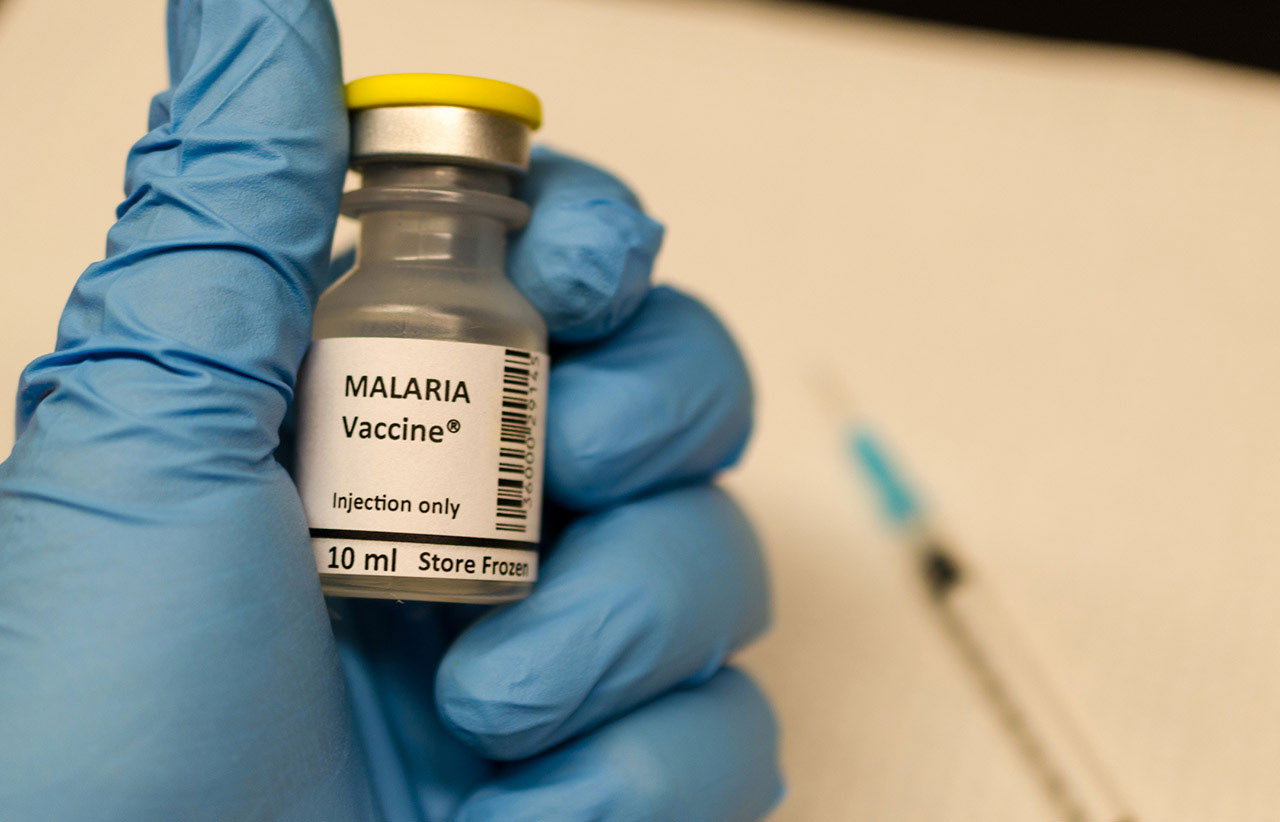
With the help of the highly effective Amdro pest control products, you can help protect your family from mosquitoes and the diseases they transmit. Amdro is committed to providing you with timely, trustworthy information and premium pest control products so that you can protect your home and family against mosquitoes and other pest threats.
Always read product labels thoroughly and follow instructions.
Amdro and Amdro Quick Kill are registered trademarks of Central Garden & Pet Company.
Sources:
1. World Health Organization, "World Health Report Executive Summary, Insect-Born Diseases," August 2013.
2. Centers for Disease Control and Prevention, "Zika Virus," November 2017.
3. World Health Organization, "Zika Virus," September 2016.
4. World Health Organization, "West Nile Virus," July 2011.
5. Centers for Disease Control and Prevention, "West Nile Virus," November 2017.
6. World Health Organization, "Chikungunya," April 2017.
7. Centers of Disease Control and Prevention, "Chikungunya Virus," August 2017
8. Centers of Disease Control and Prevention, "Dengue," January 2016.
9. World Health Organization, "Dengue and Severe Dengue," April 2017.
10. Centers for Disease Control and Prevention, "Malaria," October 2017.
11. World Health Organization, "Malaria," April 2017
12. Centers for Disease Control and Prevention, "Controlling Mosquitoes at Home, April 2017.
13. Centers for Disease Control and Prevention, "Mosquito Bite Prevention for Travelers," October 2016. Posted by Amdro

